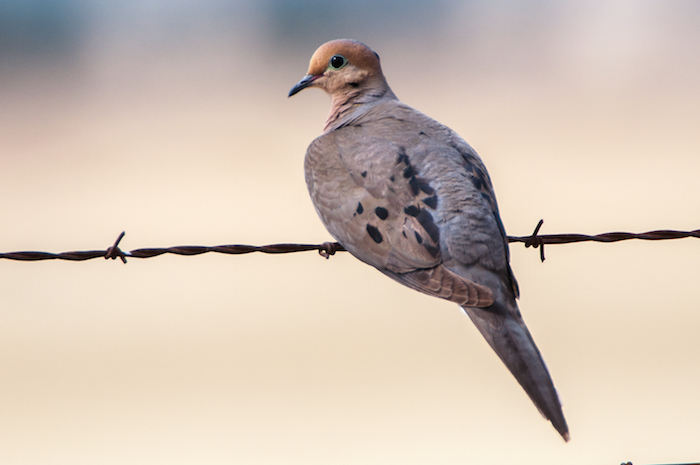
Mourning Dove
As they say, it takes all kinds. That all-kindliness brings a variety of glories into the world. Some are brilliant, like orioles. Some are loud, like mockingbirds; or sing melodically, like finches, or raucously, like jays. Some just dignify life with a humble beauty and gentility. Consider mourning doves.
They don’t sparkle with rainbow colors. They dress in a soft gray-brown, adorned by just a few black dots and dashes, and, for the careful observer, tinges of peach and blue.
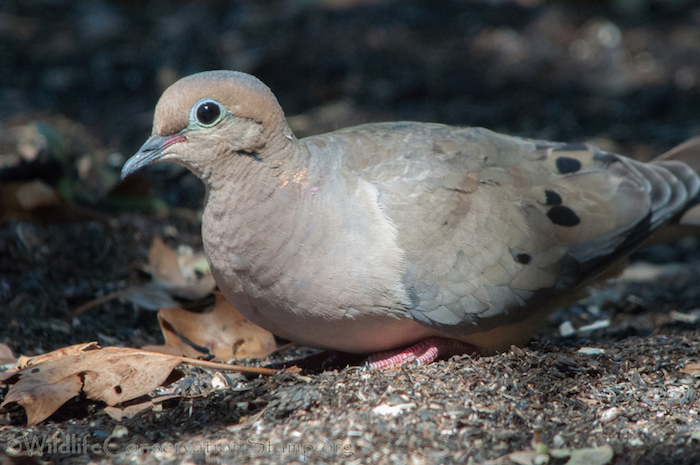
Nor do they flutter fancy plumes. Their feathers are smooth, gentling from head to tip of tail, unruffled. In flight their tails fan white edges. At take-off their wings whistle against the wind, an unvoiced call to their mates and perhaps a distraction to predators. But they flaunt no fancy flags.
Nor do mourning doves shout for attention like carnival barkers or buyers of computer screen pop-ups. They just coo a mellow refrain, the sorrowful song that gives them their name. Listen to that song: its apparent sadness sounds not so much like a complaint as an homage to beauty.
The doves are quintessential Americana, living all over the contiguous US. Like many other Americans, they do some seasonal travel, mostly north in summer and south in winter. They live in a variety of habitats, and like historical Yankees, they make do.
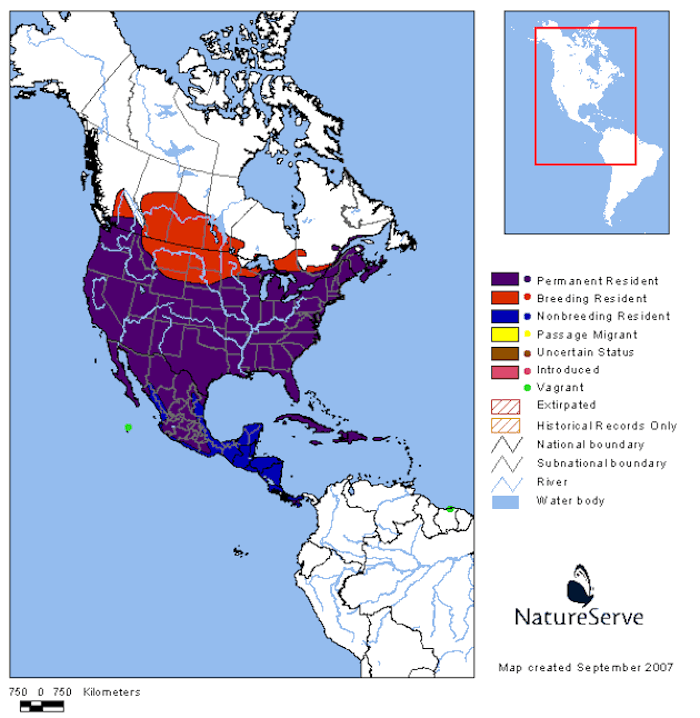
They thrive in fields with scattered trees, but they’ll make home in suburbia or deserts, too.
They enjoy a good meal, out-eating holiday revellers with daily consumption of 12-20% of their weight in seeds and grains. Don’t try that at home, or anywhere else!
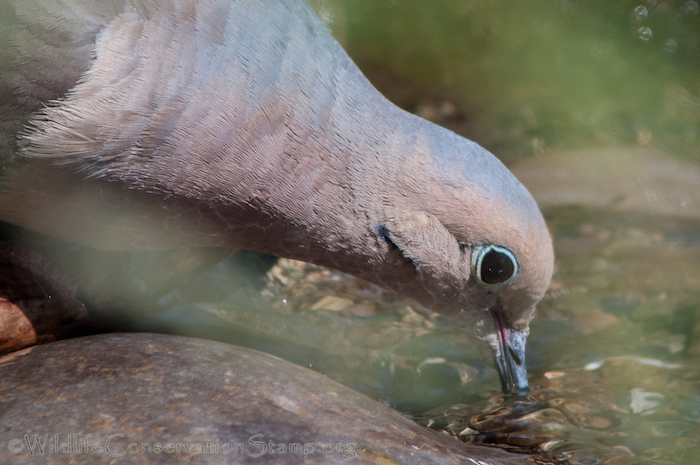
They drink deeply, sucking in water without the need to tilt up robin-style for gravity’s assistance. If fresh water is not available, they will handle brackish.
Perhaps the rarest quality of mourning doves is in how they feed their nestlings, known as squabs. In a simple nest, just a flimsy platter of twigs, the mother dove lays two eggs. When the helpless squabs hatch two weeks later, feeding must begin. But tiny seeds do not carry to a nest as readily as insects, nor do they have the same nutrient quality, nor can squabs digest them. The solution?– Both parents have crops, and hormonal changes cause their crops to switch from food storage to lactation a couple days before the young hatch. This “crop-milk” consists of sloughed-off cells from the crop lining, and, like mammalian milk, it is high in protein, fat, and antibodies–just what the babies need. Both parents feed this milk, mouth to mouth, to their young newborns.
In all the bird world, only doves and pigeons, flamingoes, and male emperor penguins (the females are away feeding in the ocean when emperors hatch) have evolved the capacity to create crop milk.
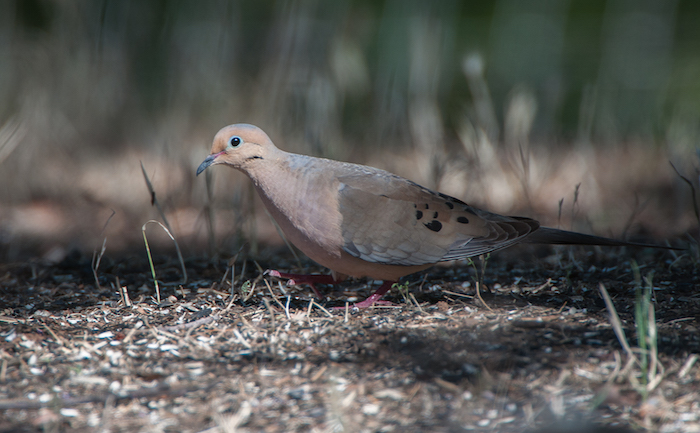
With their nutritious jump on life, and up to six clutches per year in their varied habitats, mourning doves nearly keep pace with not just the losses that all birds of our time face, but the high ingestion of lead pellets to which grain-eaters are vulnerable, and an annual hunt of twenty million. They have declined only 15% in the last half century, a terrible statistic, but better than the 50% decline of field birds in general.
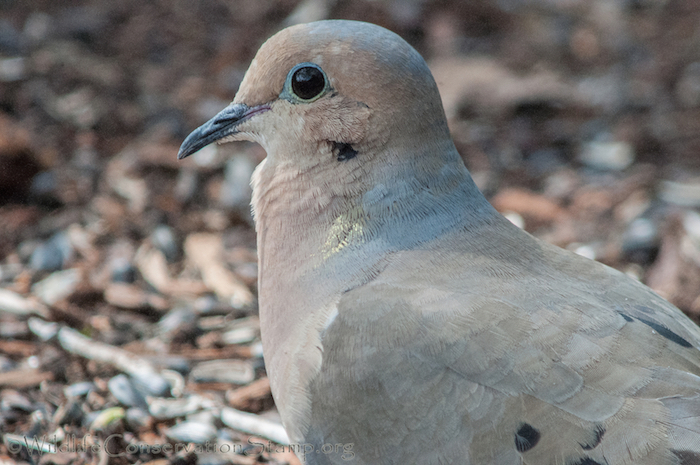
And through it all, these unassuming doves sustain a special place in human lore. Not flashy, but vital, they remain a gentle and enduring symbol of peace, a beauty we can all appreciate.

No comments yet.